CNC MILLING - INTERVENTIONS
(a & b) Isabel and I teamed up considering the limited machine time and our shared interest in more artistic practices. We started with some material research in an effort to get to know the milling machine a bit better and through that process hoped to find some inspiration. After a conversation in Rachels class we were triggered by the idea of interfering with the Gcode - specifically by extracting a plotting path from a data that had nothing to do with a CNC mill or milling in general. After a few back-and-forths about what kind of data set we thought would work we arrived at the subject of music. Primarily if we could find a way to translate an audio file into Gcode and see where we could go from there.
(c) This started by doing some online research - Isabel found some online software that could translate midi files into Gcode - an attempt was made but didn't get very far. I found a means of translating greyscale images into Surface maps and was reminded of the Alpha mapping technique, something that's possible in Blendr. I used a VLC audio visualiser to generate some visualisations and we took the greyscale image from there. Exporting from fusion straight into Vcarve you can then generate a Gcode that the milling machine can read.
(d) Looking at our examples we would like to explore the further possibilities. Milling various different materials - creating moulds from them - thinking of different applications that would relate back more to he origin; Music.
For a far more detailed process page visit > https://isabelwaller.hotglue.me/?dummy_computationalcraft
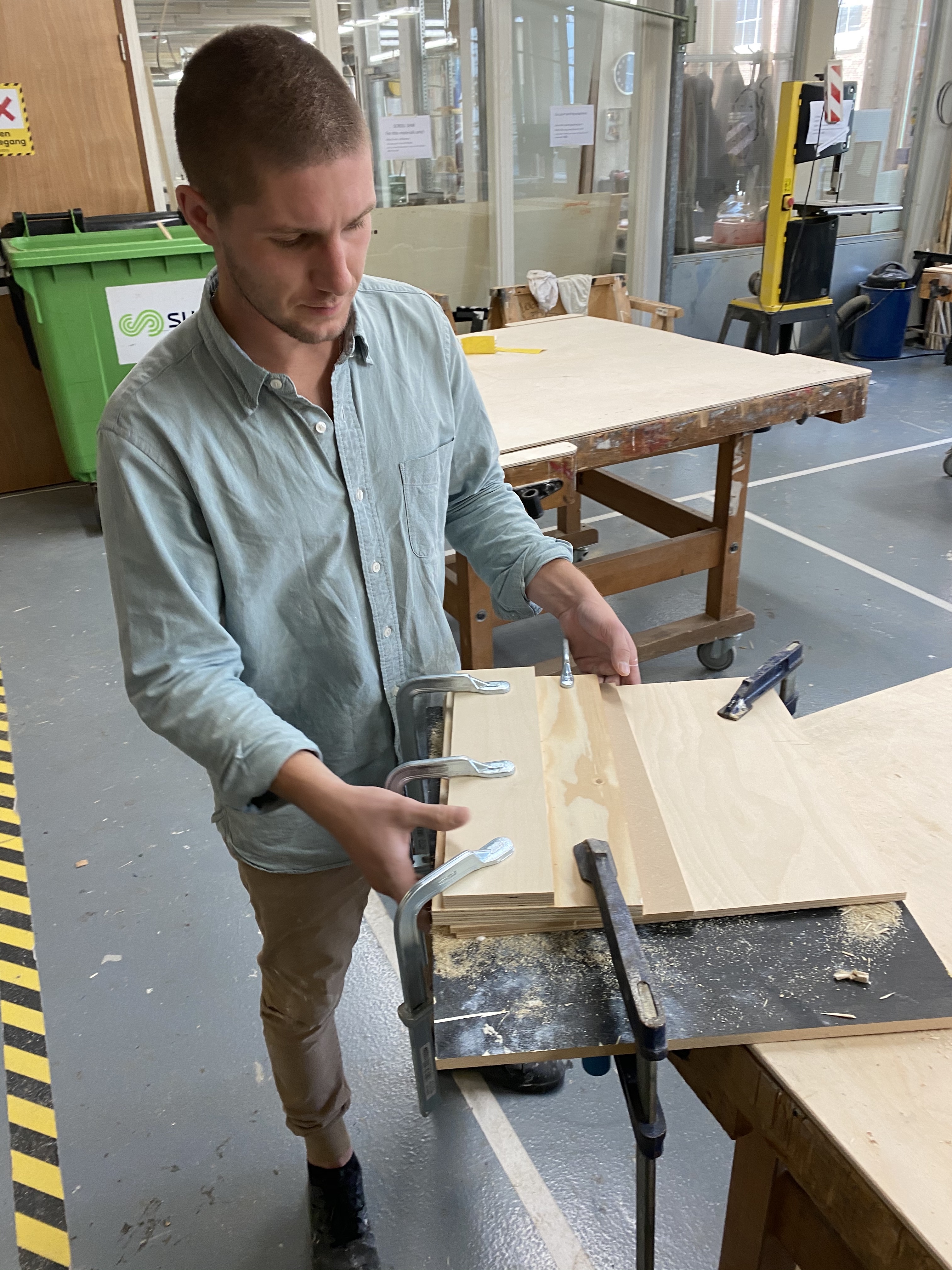
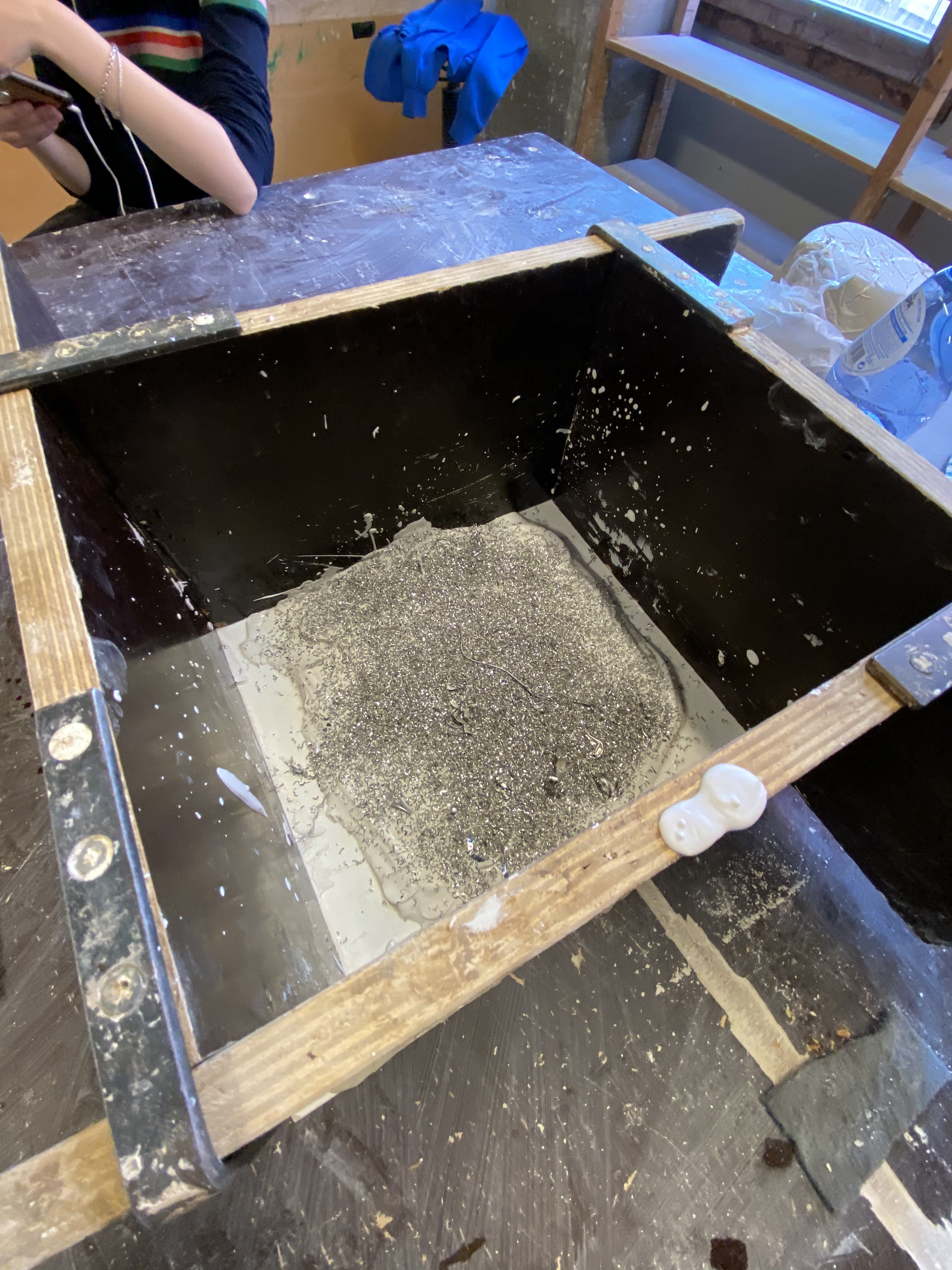
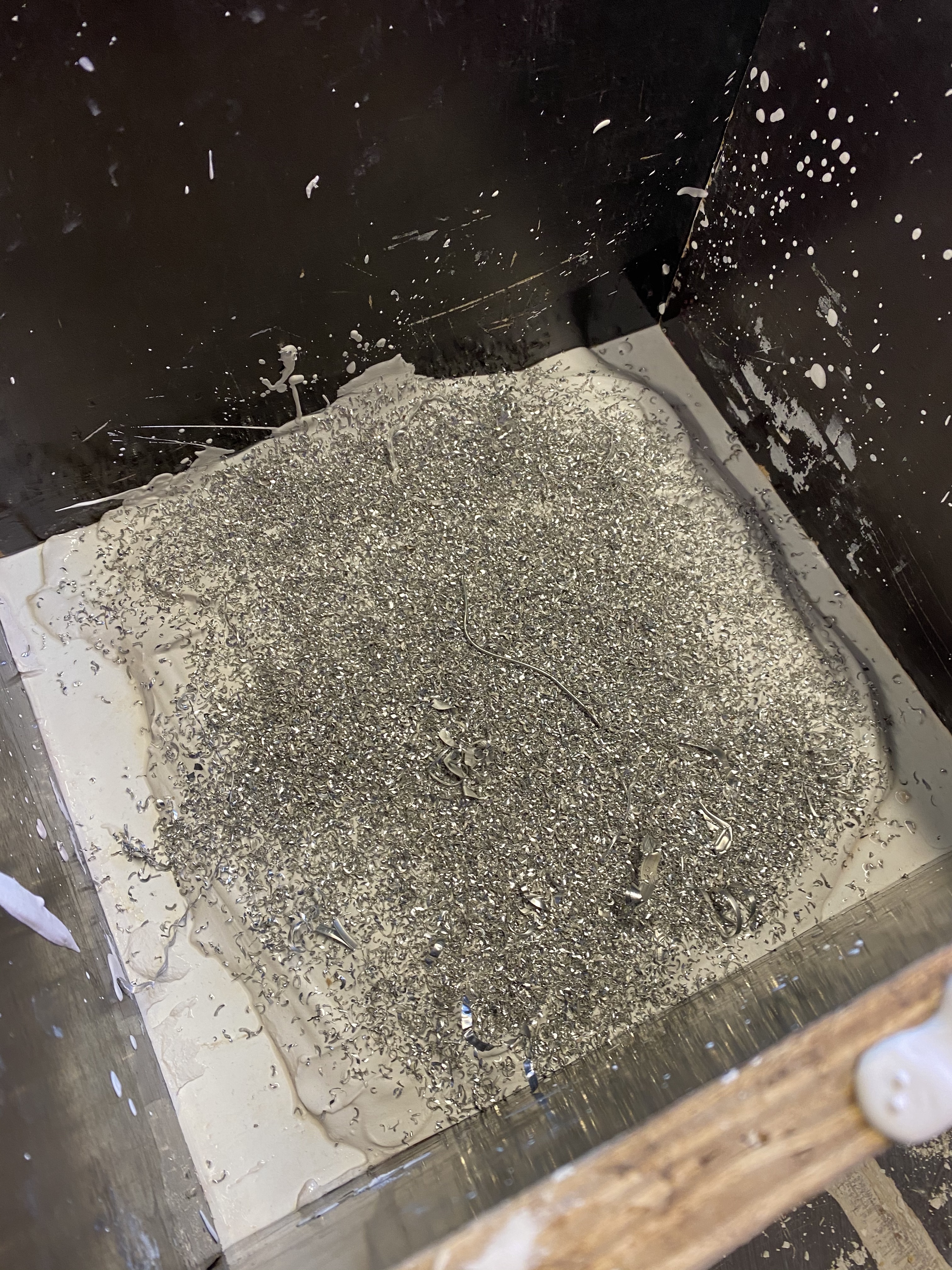
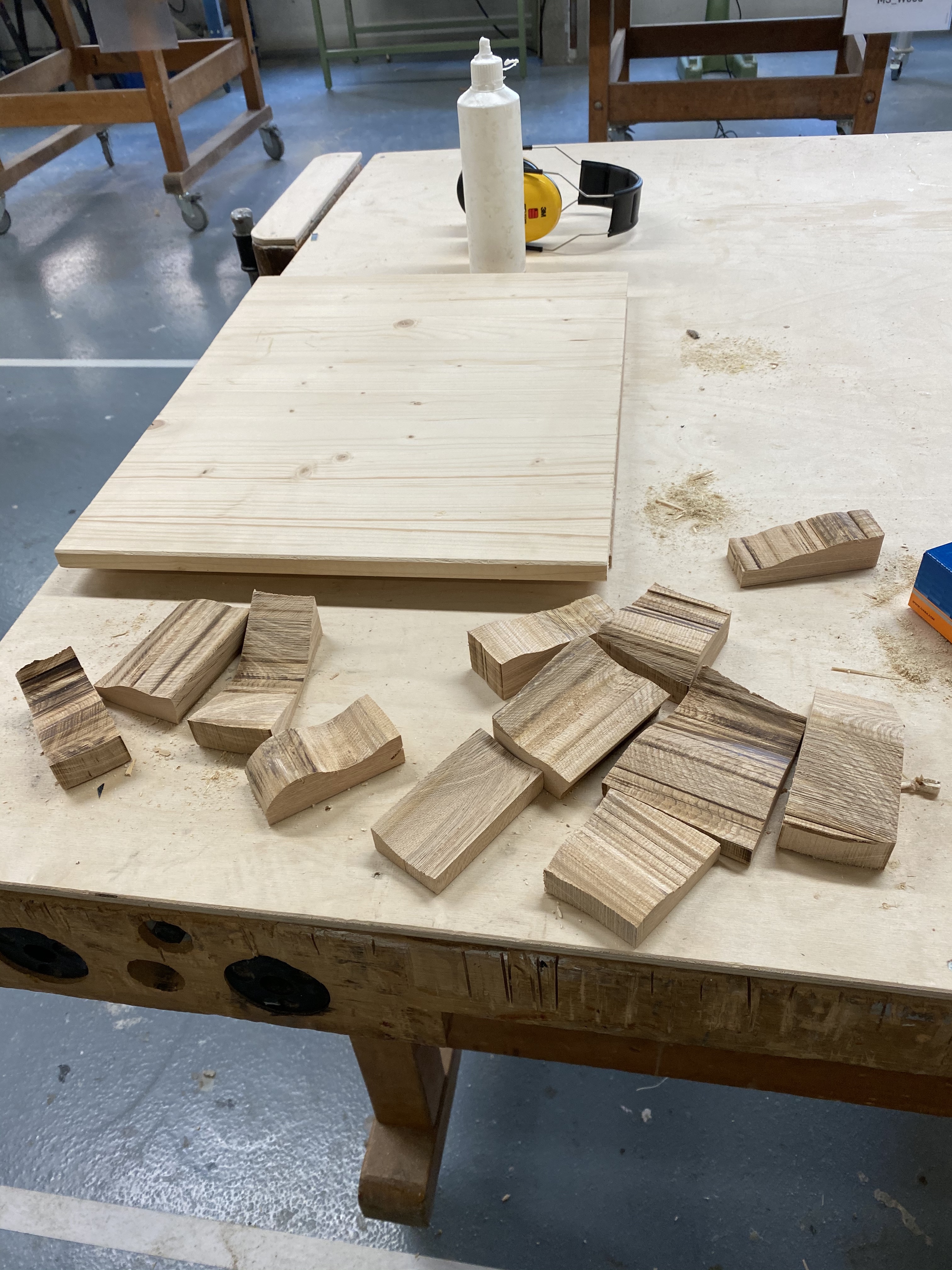
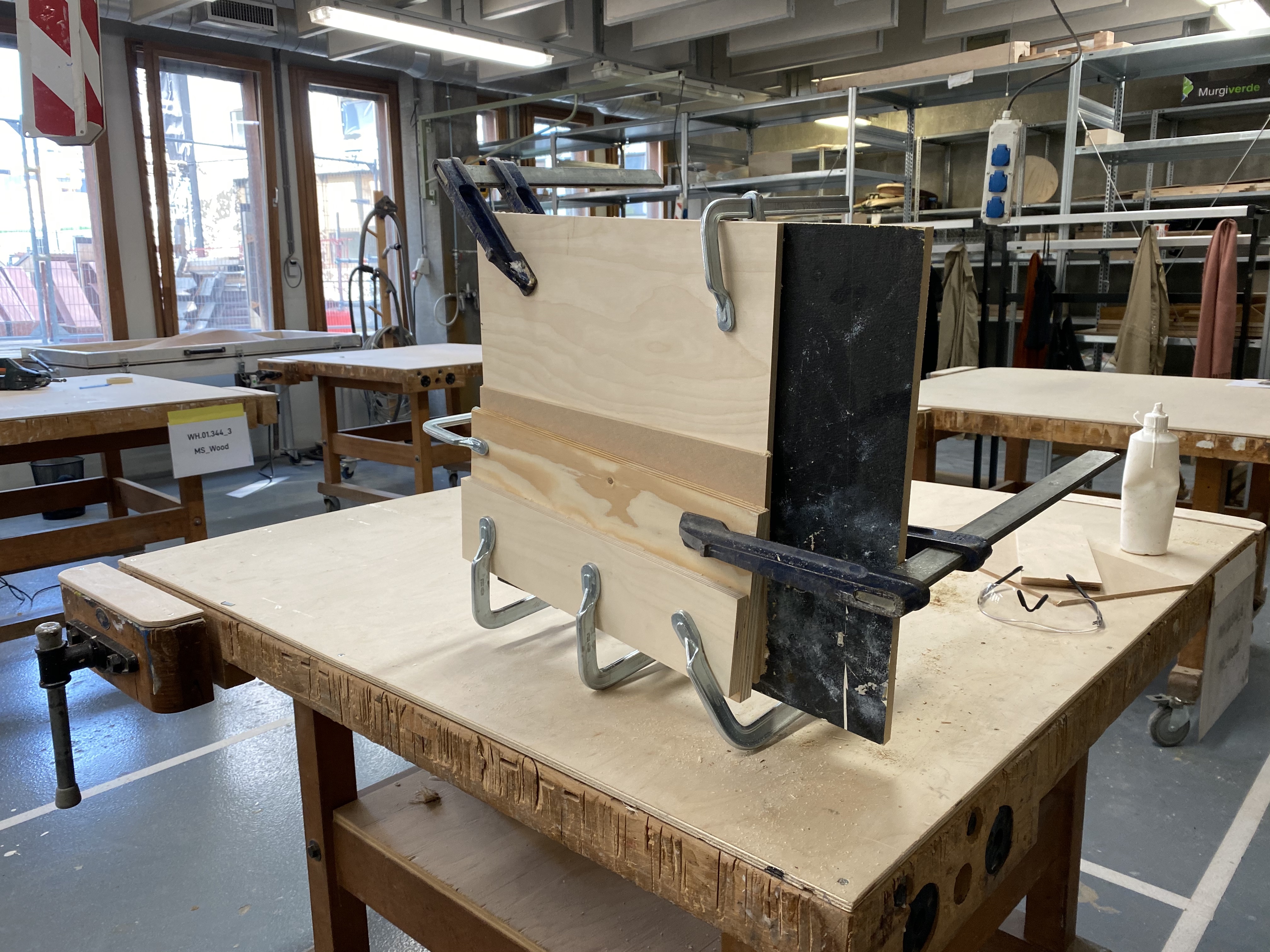
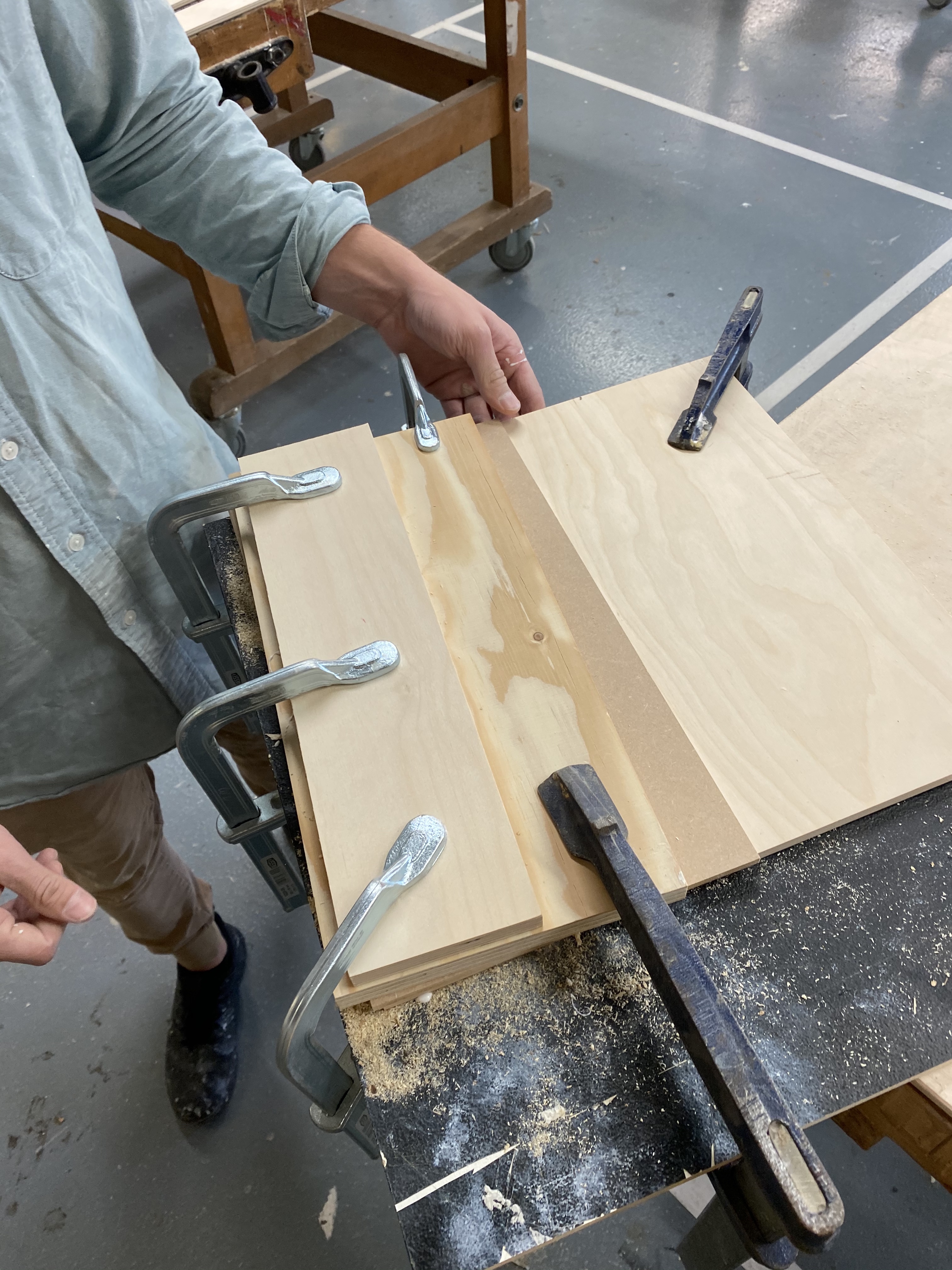
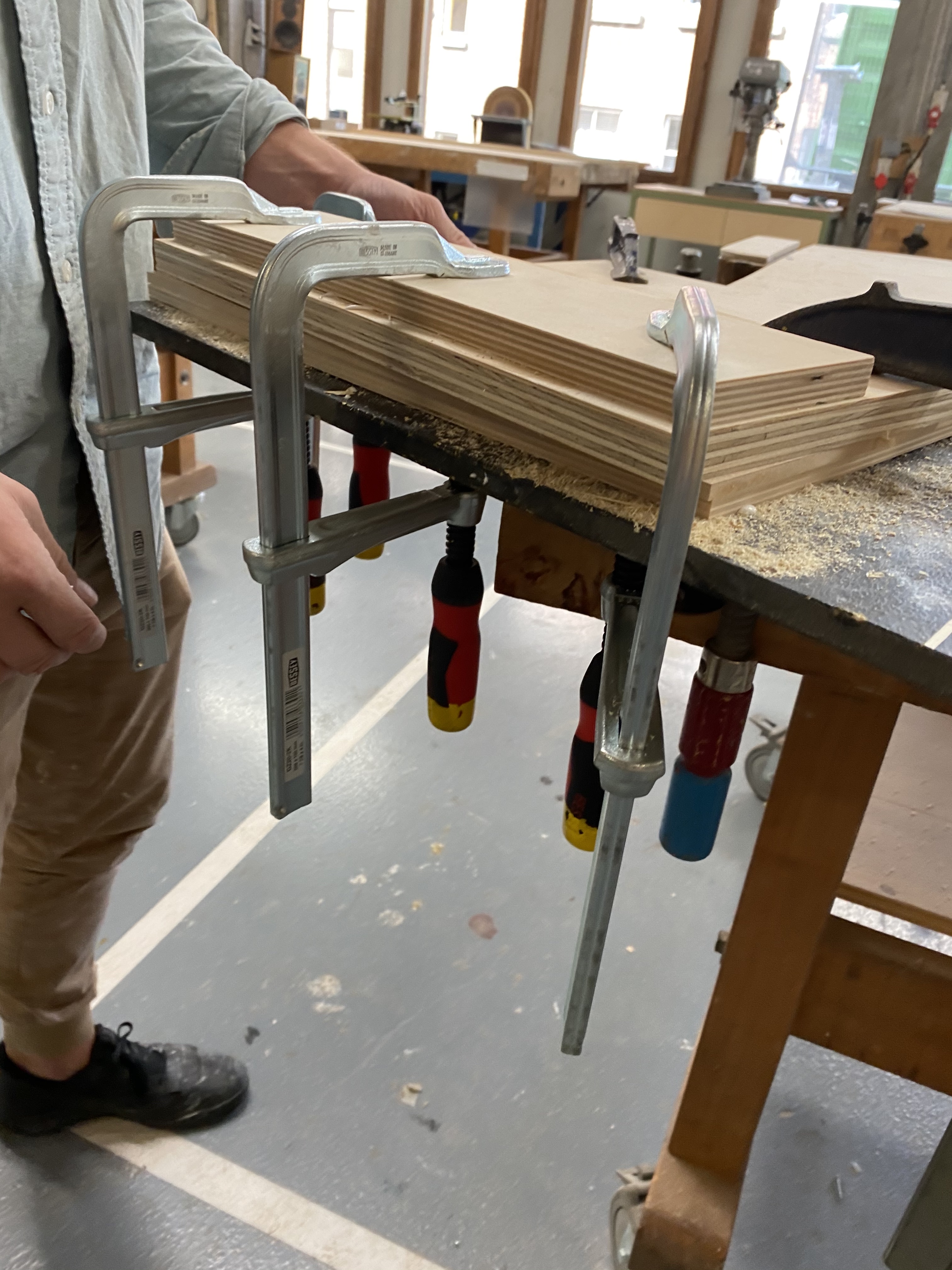
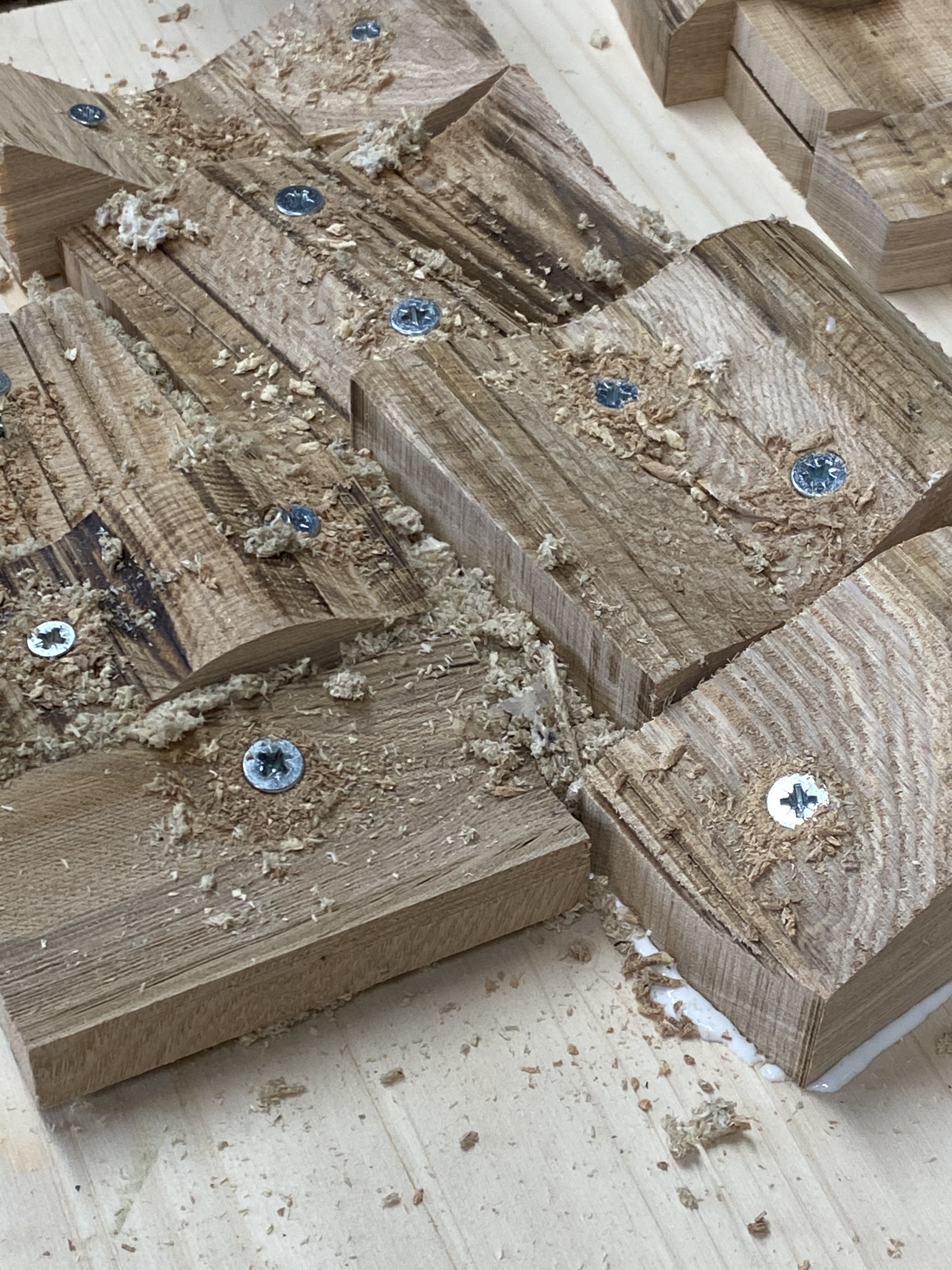
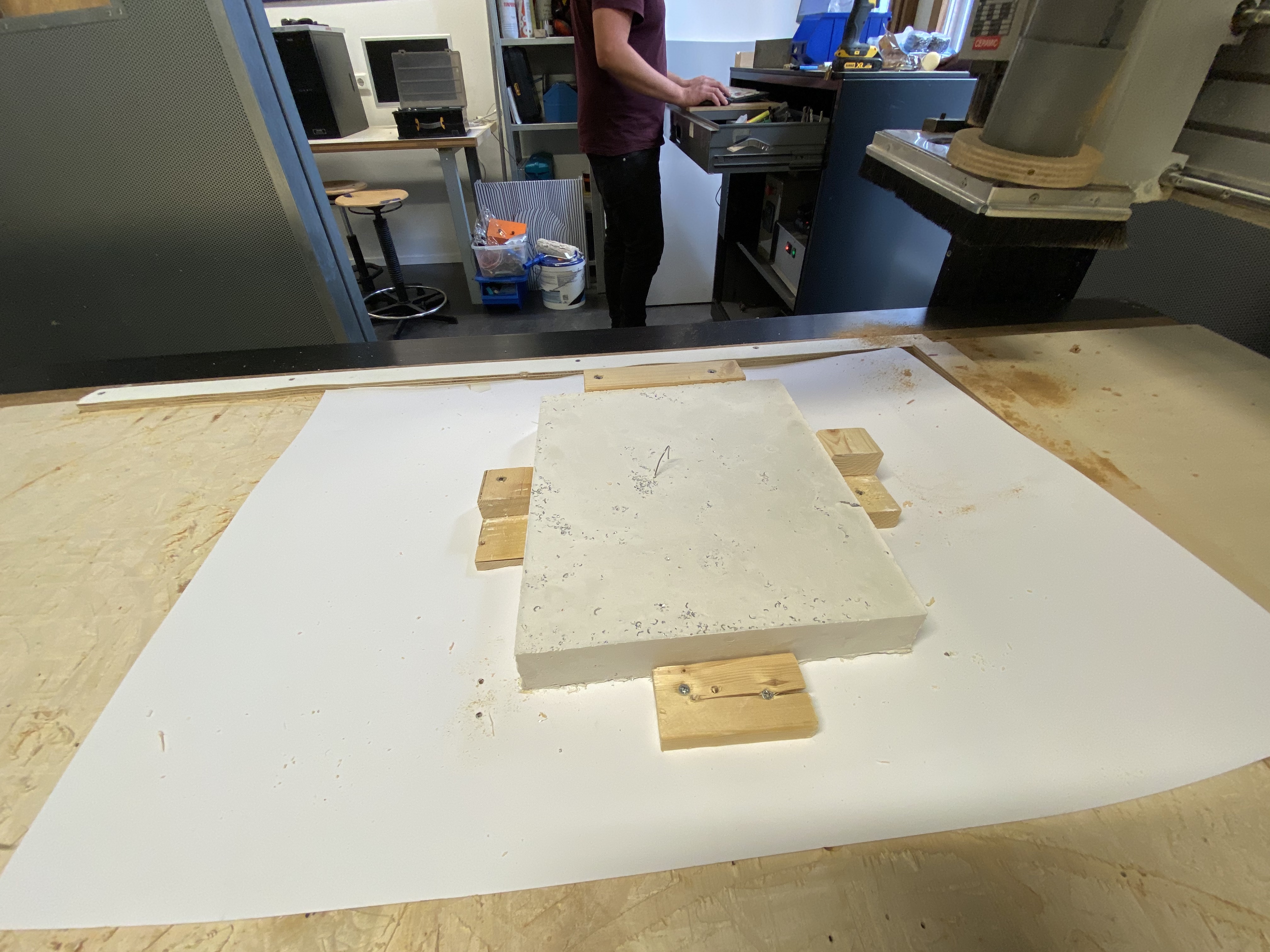
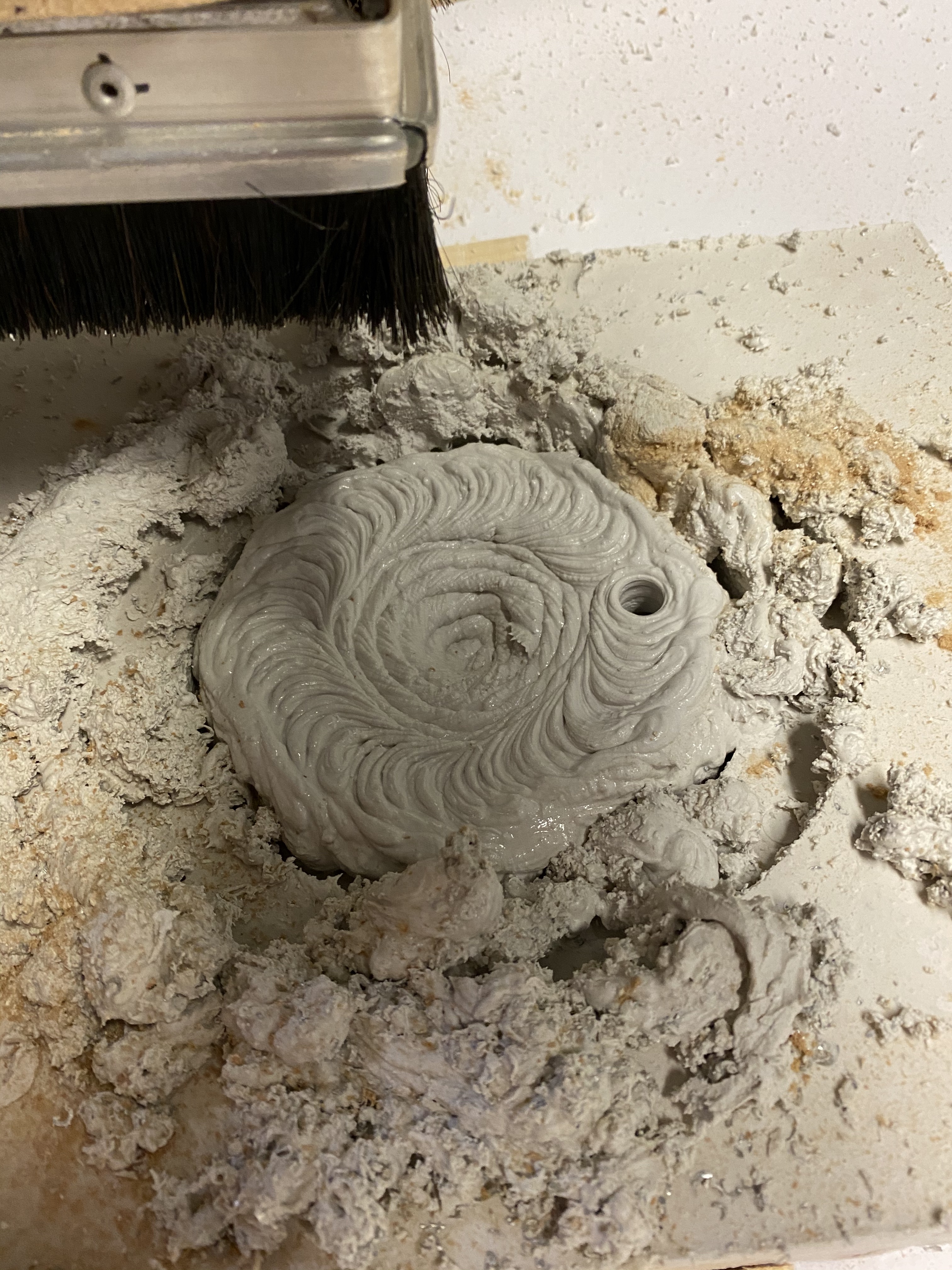
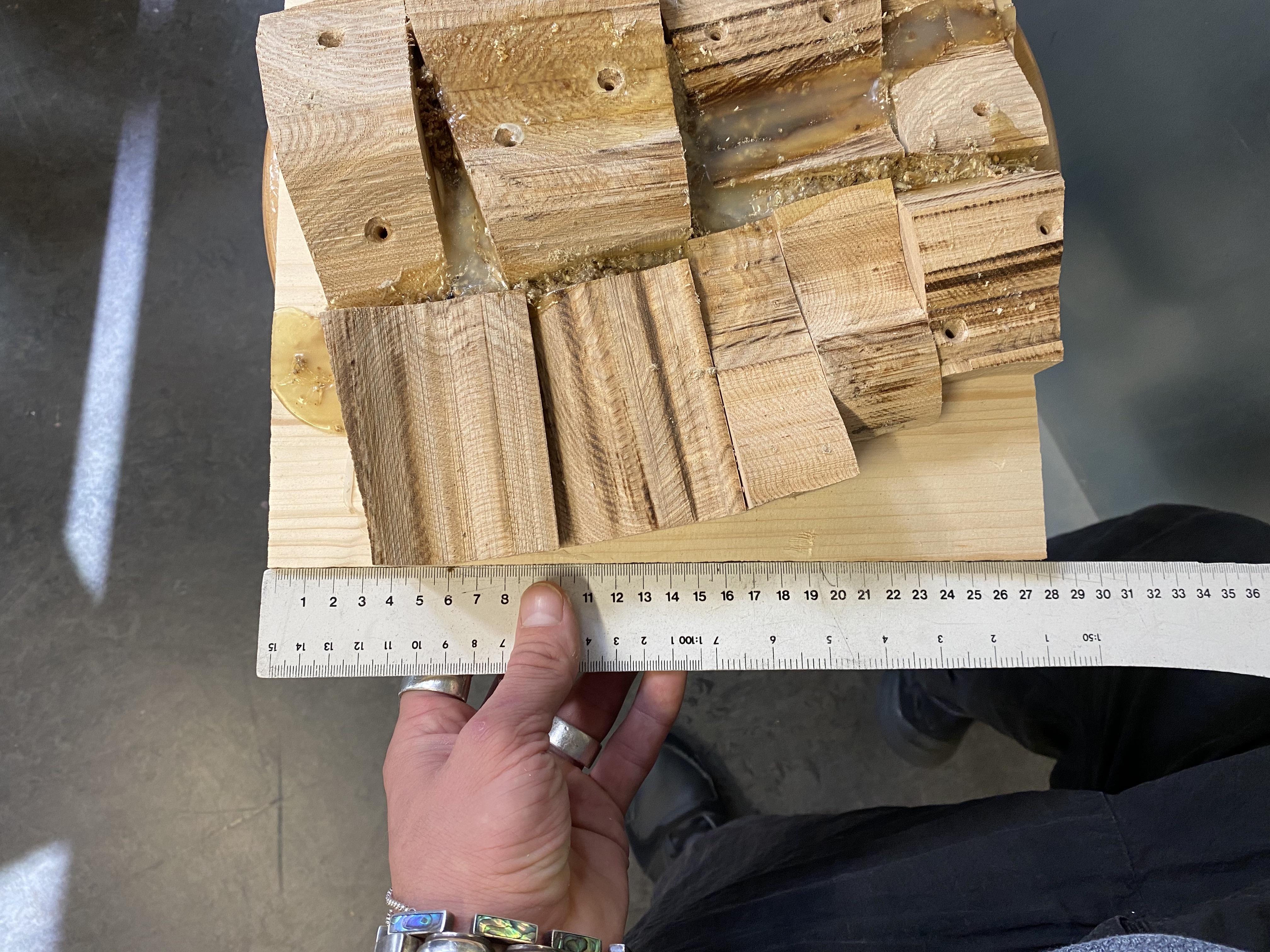
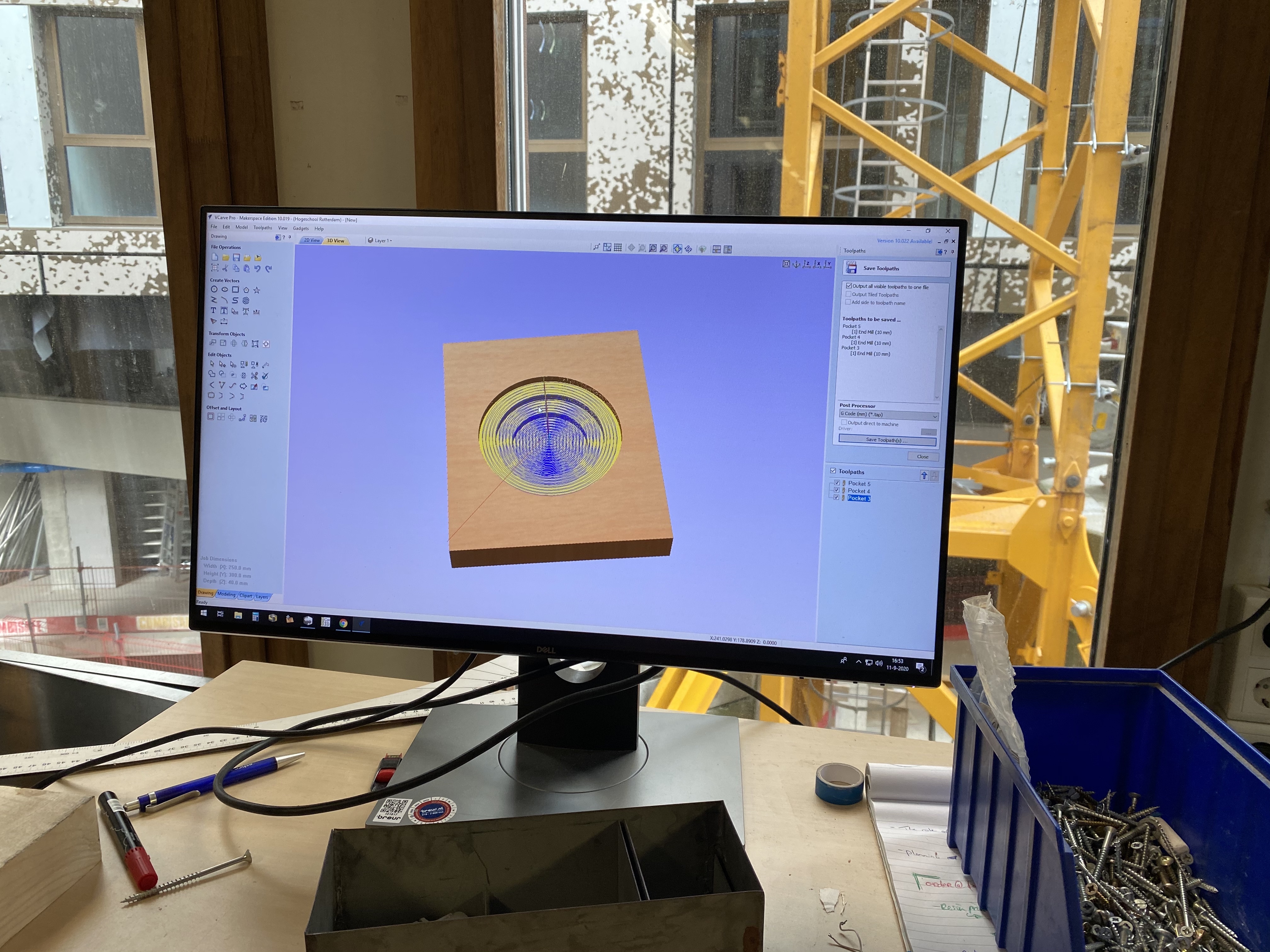
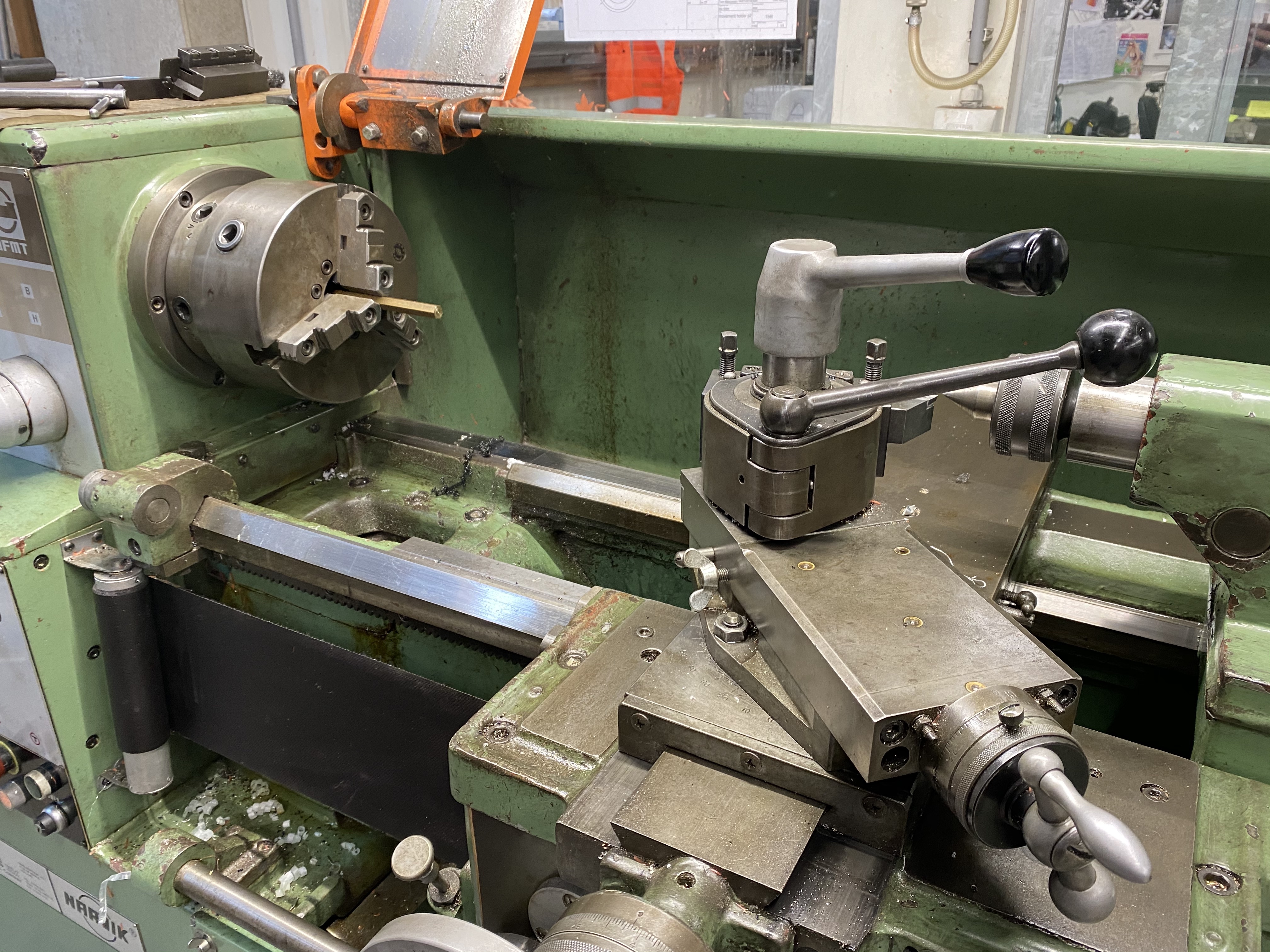
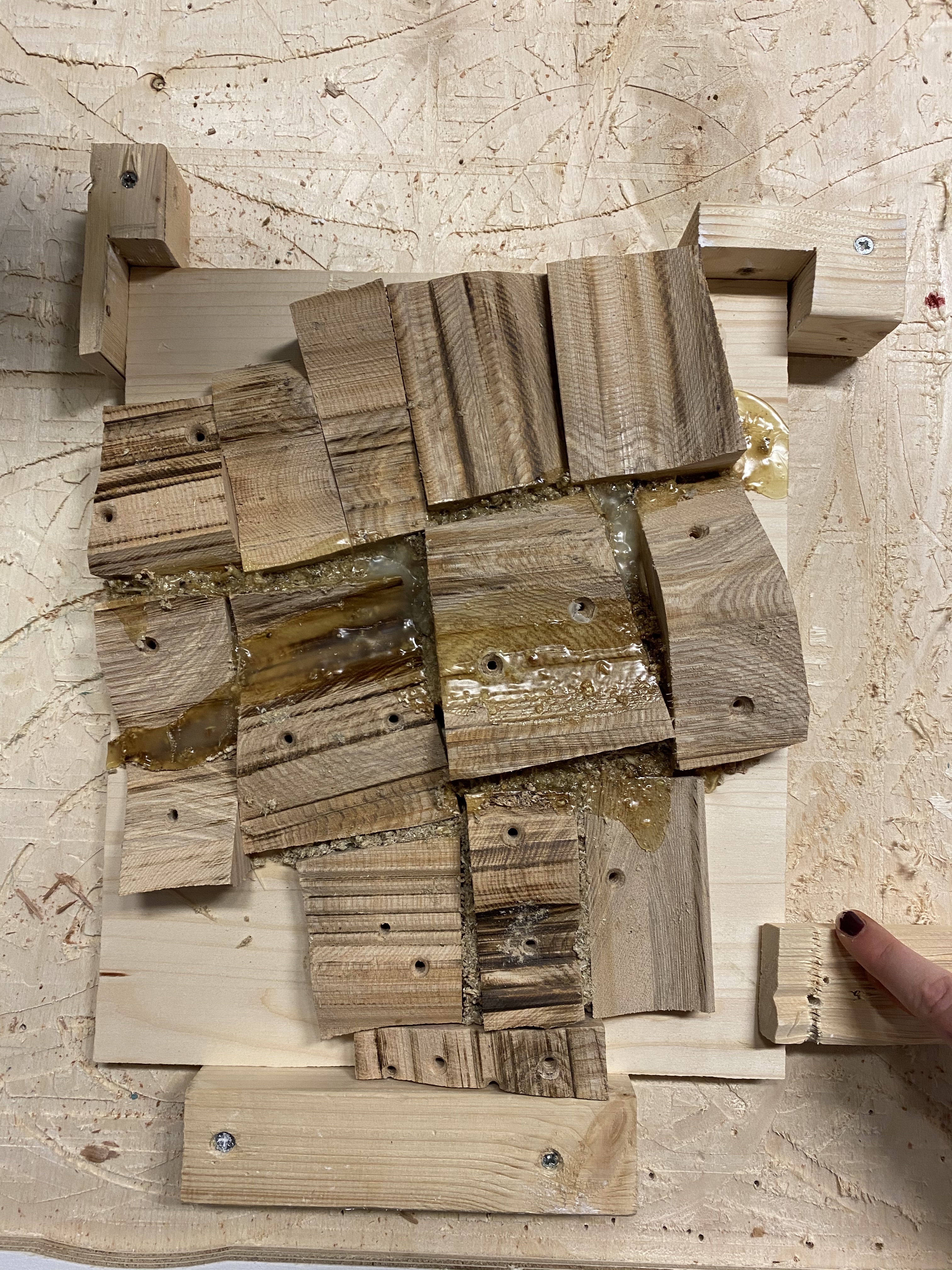
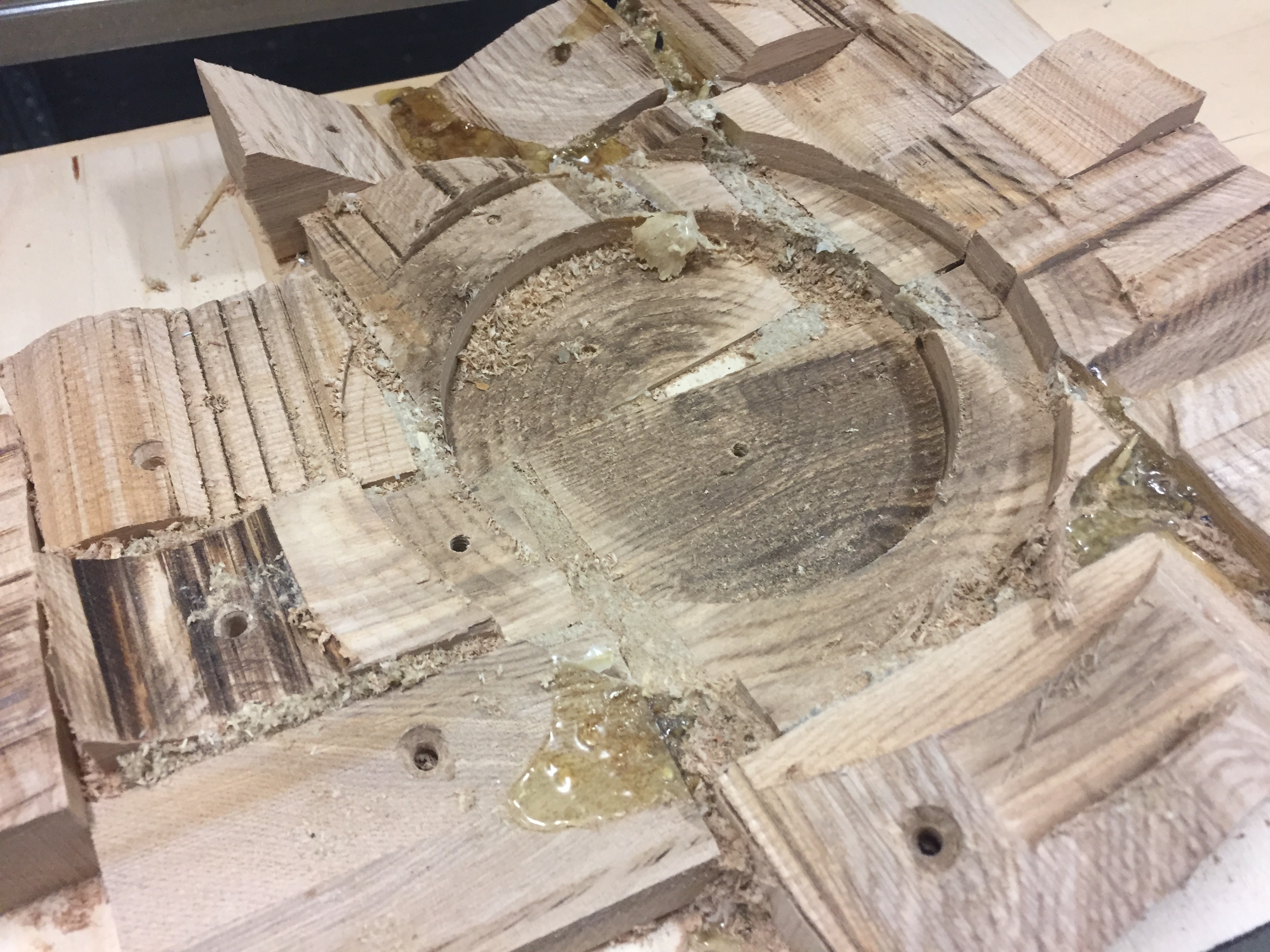
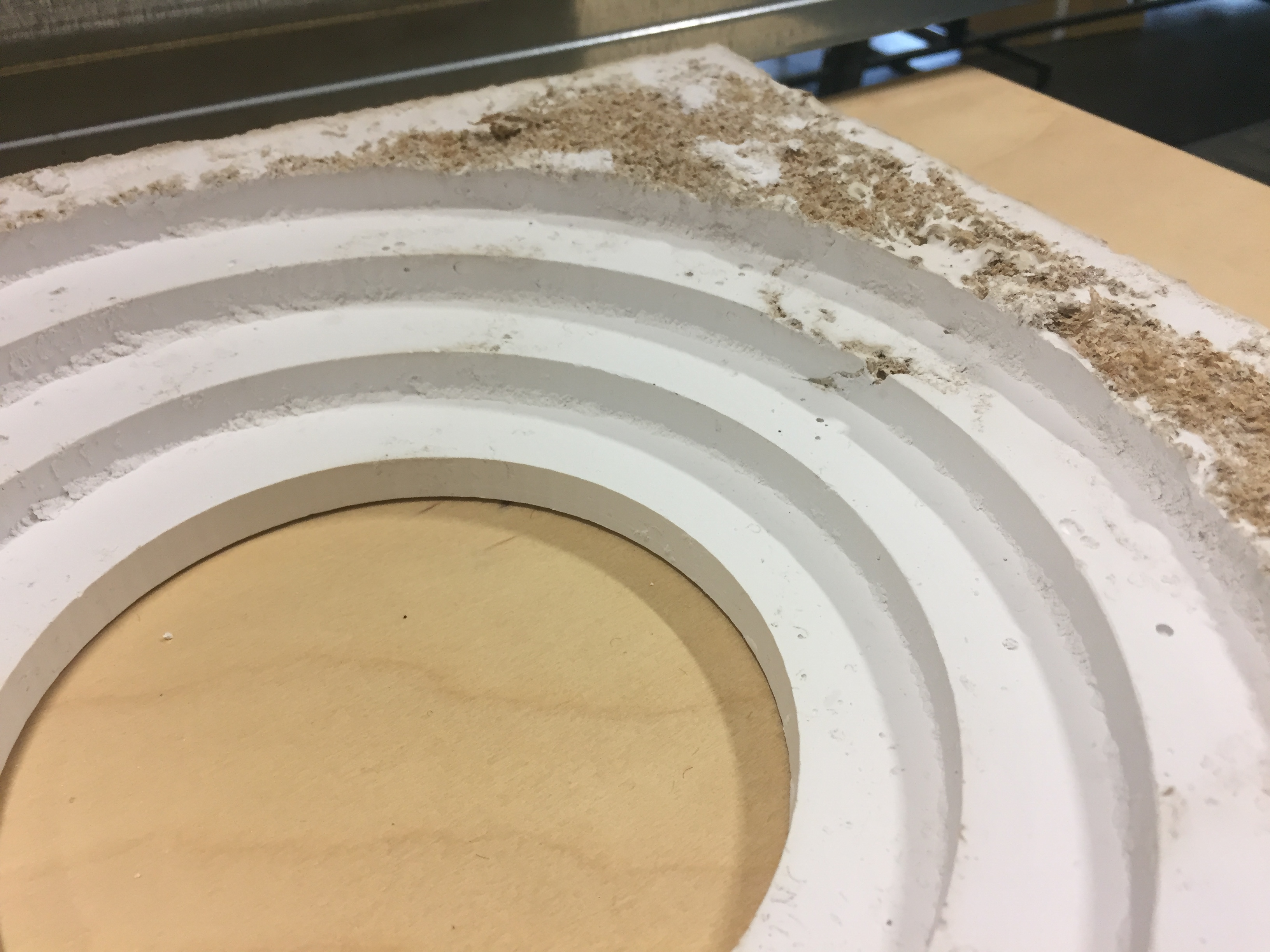
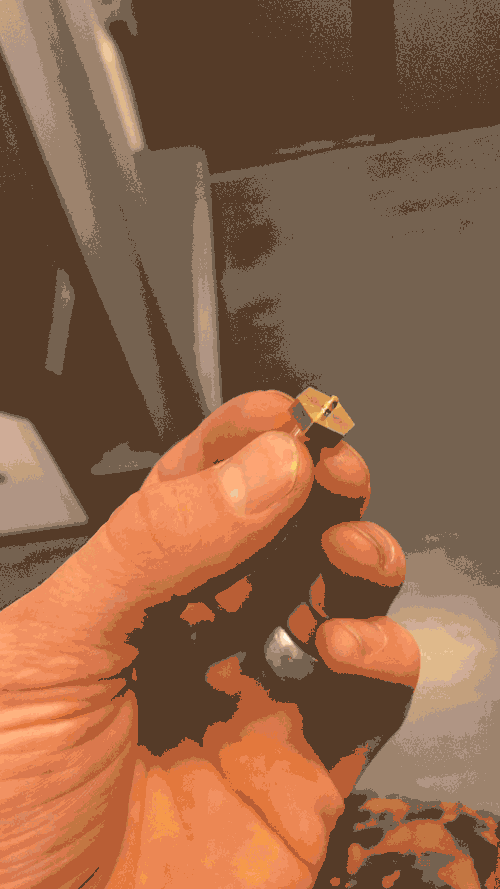
MATERIAL & CNC TESTS
INTERFERING WITH THE FILE
ODD MATTER & INTERVENING INBETWEEN - scroll right for more - zooming out is easiest
ADAPTATION-ish
Our first material tests - we wanted to try and combine a few different materials in each slab to see how they would react differently to the CNC mill - Plaster and iron shavings = wood and varnish - Laminated wood of various types.
We got some interesting results - mainly with the still sightly wet plaster cast. It created a beautiful cowpat.
An attempt to metal spin was made - we did very little (thanks mitchell) but learnt a lot. The intention was to see if we could find any inspiration in making a drill bit of our own.
Isabel came across a platform online that translated various files into Gcode - it didn't create anything the machine could read but it did something which was fun enough
We found a software (add-in) for Fusion called image2surface - it works in the same way alpha mapping changes greyscale images into surface maps.
Using an old piece of piano music I recorded we embarked on the software - starting with a VLC music visualiser to give us an audio representation of some kind
And all of a sudden there we had it - a surface map based on fragments from the Audio. This can be exported as an STL file and imported into VCarve which can then translate the file into a milling path
Experimenting with texture depth and detail - using a more blurred image to create a softer relief etc